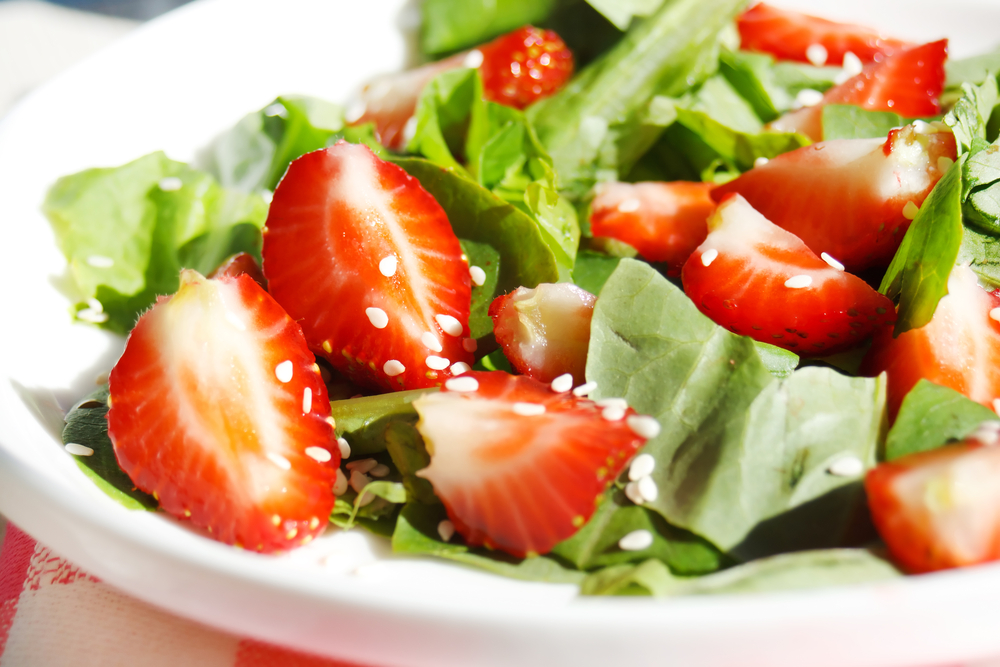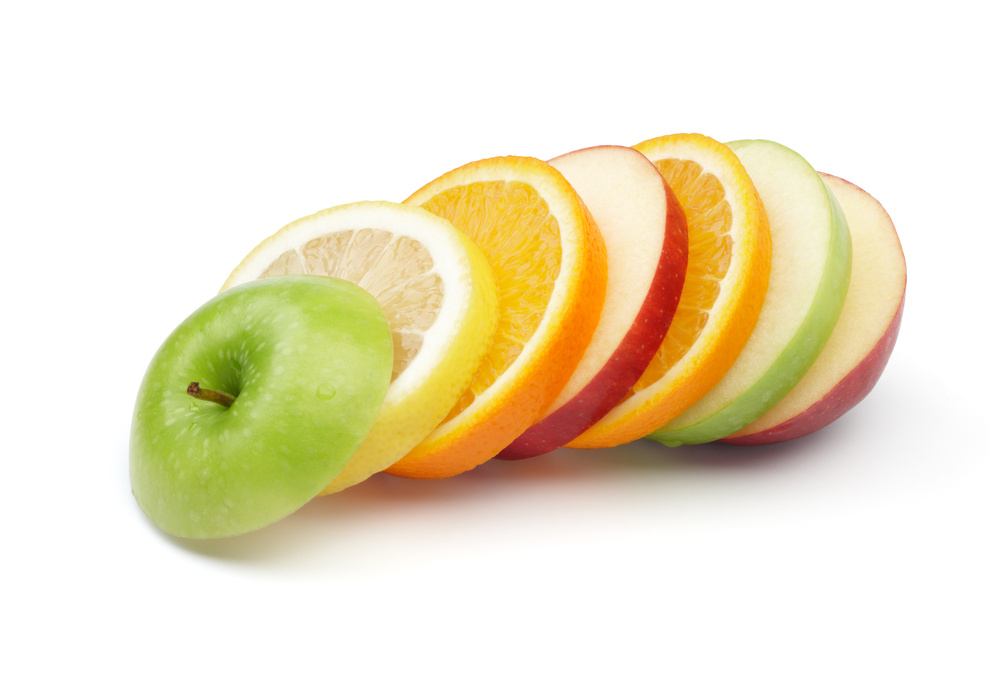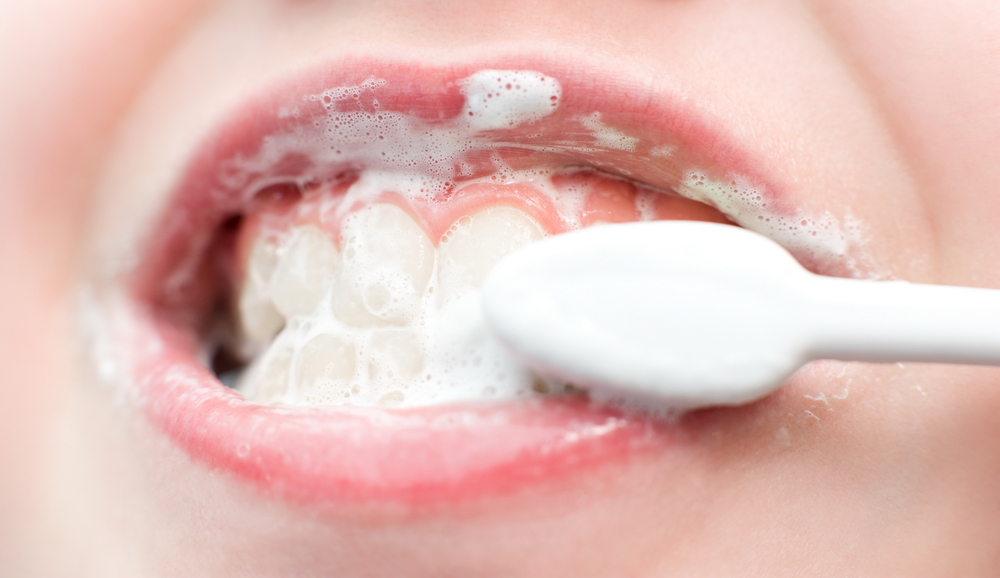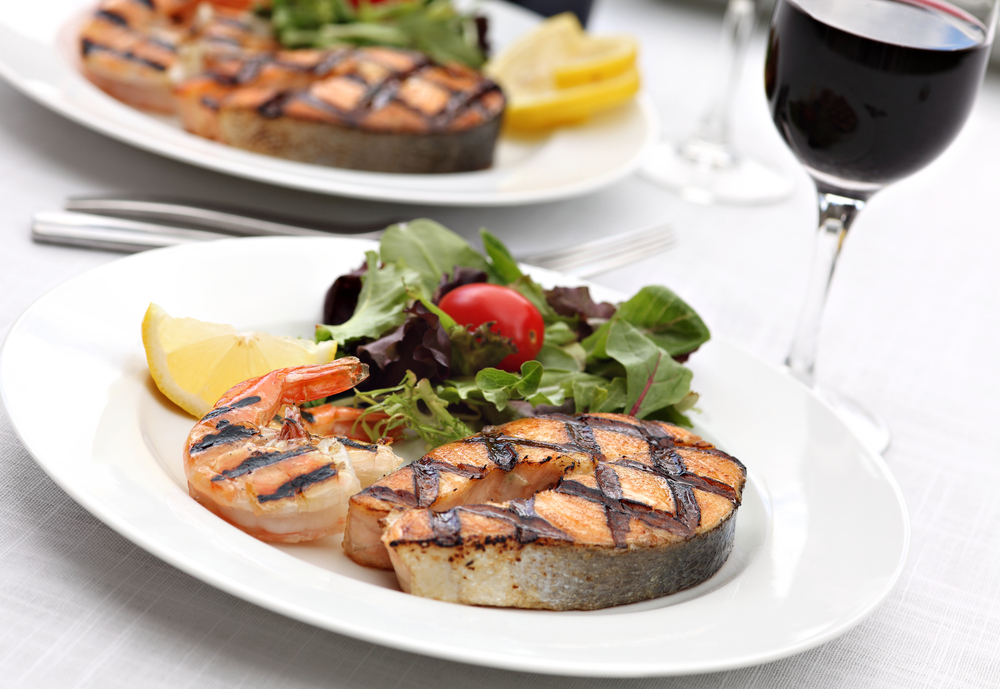Bacteria in your mouth feed off of the sugars in the foods and beverages you consume, and they produce harmful acid that breaks down your enamel. If you don’t clean your teeth on a daily basis, the acids will continue to erode your enamel, which leads to tooth decay.
There is another way your teeth can be exposed to acids: through the actual foods you eat.
Keep in mind that acidic foods aren’t the only foods damaging to your teeth; foods high in sugar and starch fuel bacteria’s production of harmful acid. However, it’s helpful to know which foods are the most acidic.
About Acidity
Your body’s pH balance is important; the ideal number you want to have is a pH balance of 7.4. This is a neutral number, meaning you consume a healthy balance of alkaline (acid-neutralizing) and acidic foods.
It’s not good to avoid all acidic foods, but around 60% of the foods you eat should be alkaline.
If your diet contains too many acidic foods and beverages, you’re at risk of harming your enamel and developing acidosis, a pH imbalance that can impact your overall health.

Acidic Foods
Here is a list of acidic foods with their pH level. Anything under 7 is acidic; the smaller the number, the more acidic the food.
- Shrimp (6.8-7.0)
- Crab Meat (6.5-7.0)
- Milk (6.4-6.8)
- Avocados (6.3-6.6)
- Butter (6.1-6.4)
- Salmon (6.1-6.3)
- Black Olives (6.0-7.0)
- Asparagus (6.0-6.7)
- Carrots (5.9-6.3)
- Tuna (5.9-6.1)
- Beans (5.6-6.5)
- Spinach (5.5-6.8)
- Cooked Broccoli (5.3)
- White Bread (5.0-6.2)
- Black Coffee (5.0)
- Cheese (4.8-6.4)
- Bananas (4.5-5.2)
- Tomatoes (4.3-4.9)
- Tomato Juice (4.1-4.6)
- Beers (4.0-5.0)
- Blackberries (3.9-4.5)
- Peaches (3.4-4.1)
- Orange Juice (3.3-4.2)
- Apples (3.3-3.9)
- Dill Pickles (3.2-3.6)
- Raspberries (3.2-3.6)
- Blueberries (3.1-3.4)
- Oranges (3.0-4.0)
- Strawberries (3.0-3.9)
- Wines (2.8-3.8)
- Lemons (2.2-2.4)
- Sodas (2.0-4.0)
- Limes (1.8-2.0)

How to Protect Your Teeth
As discussed before, a diet without acidic foods is unhealthy. However, there are ways you can enjoy acidic foods while protecting your teeth.
The best way to minimize the impact of acidic foods on your enamel is to drink water. The neutral water (pH of 7) will continually wash away the food particles and harmful acid.
Another option is chewing sugar-free gum for 20 minutes after you eat a meal. Chewing gum stimulates saliva production, which is your mouth’s natural way of rinsing away food particles and bacteria.
If you do consume acidic foods or beverages, the Mayo Clinic recommends waiting at least 30 minutes afterwards to brush your teeth. The acids weaken your tooth enamel and if you immediately brush your teeth, you could be causing additional damage to your enamel.

Remember to maintain a good dental health routine. Brush your teeth twice a day, floss once a day, and visit the dentist every six months for a professional dental cleaning.
For more information or to schedule a dental appointment, contact Greenspoint Dental in Houston, Texas. We are dedicated to providing you and your loved ones with the best dental care.

